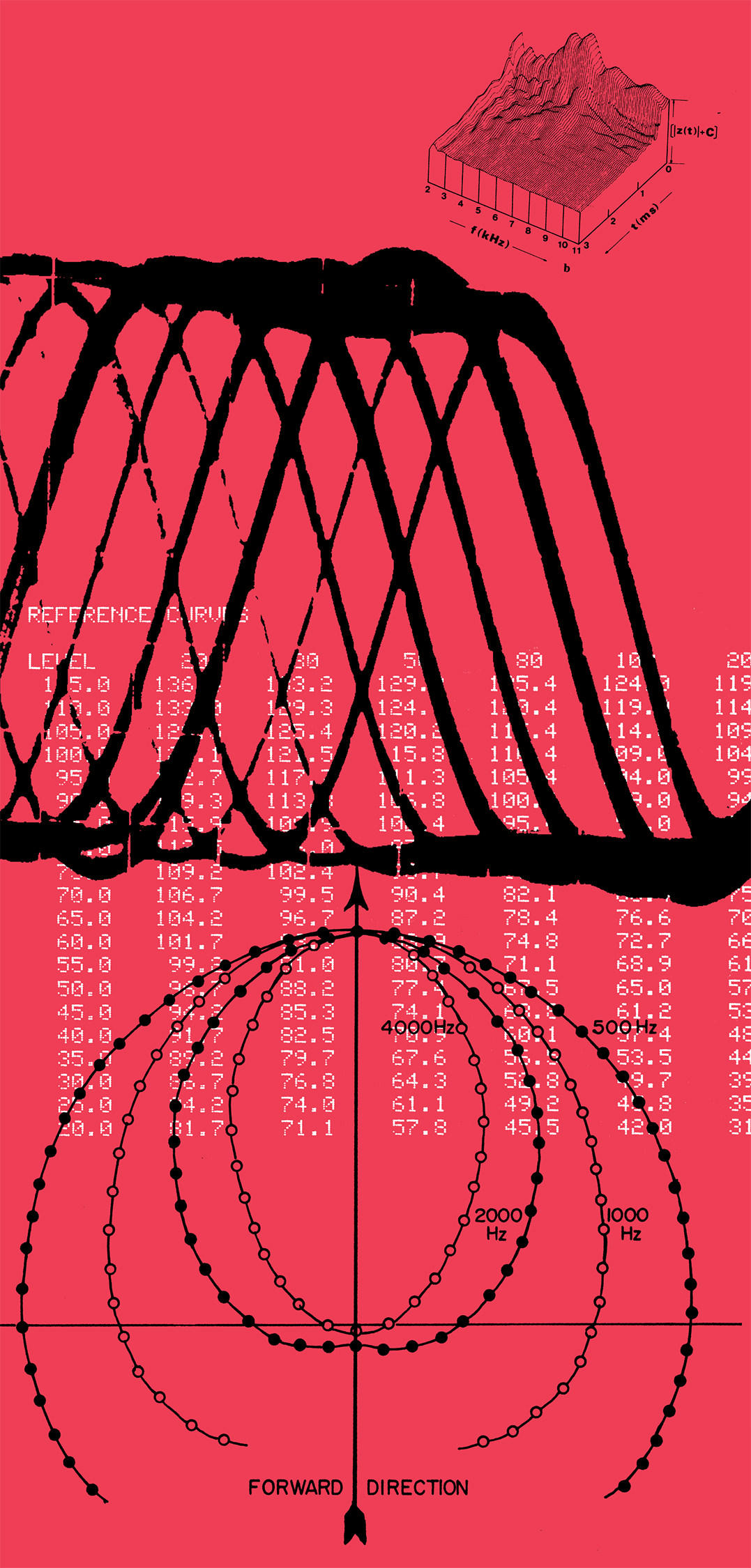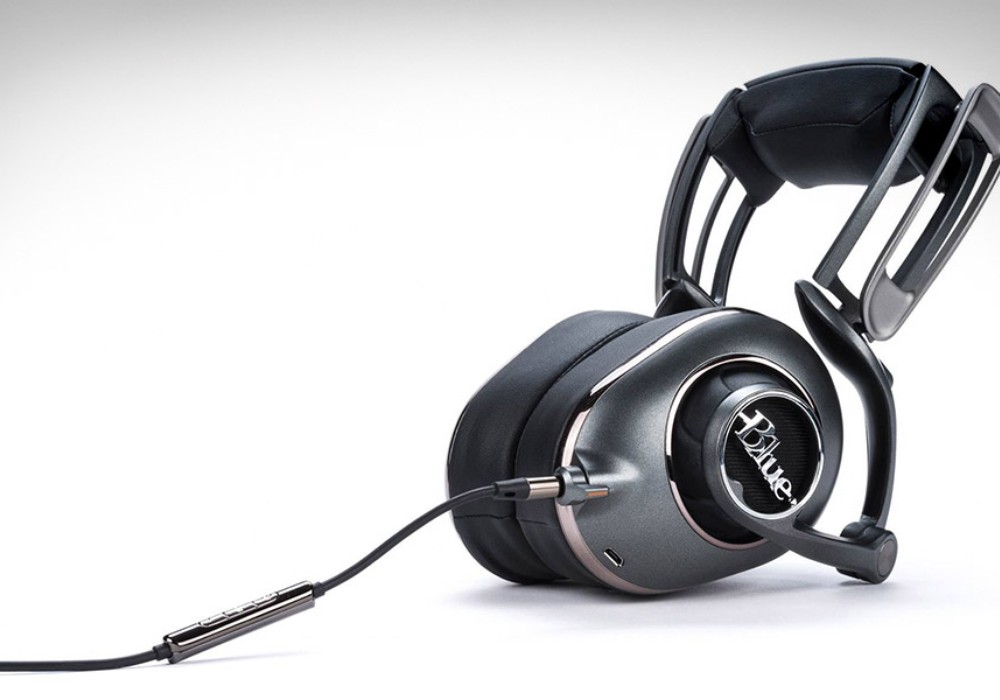Over the years, PreSonus has impressed many of us with its consistency in offering a wide range of essential products for the price-conscious, and the Eris MTM Studio Monitor series certainly follows in this tradition. The Eris E44 and the Eris E66 models, the latter of which I'm evaluating here, mark PreSonus's entry into MTM driver configuration at a price point that's shockingly low. The E66 features a centrally located 1.25'' silk- dome tweeter bookended by dual 6.5'' Kevlar midwoofers, powered by Class A/B 60 W and 80 W drivers respectively. The E66's impressive combination of build quality and feature set just doesn't equate to its price at all, so I was expecting a big tell on first listen. But the speaker immediately performed above its price range.
What's the big deal on MTM? Dr. Joseph D'Appolito was the first to study and utilize the midwoofer-tweeter-midwoofer layout in his speaker designs. MTM speakers are often characterized by their smooth response at their crossover frequencies, consistent dispersion across a greater range of frequencies, and increased accuracy in time-domain response — all of which bring benefits to overall detail and imaging.
The E66's MTM configuration allows for vertical or horizontal placement. Though I evaluated a pair of E66 monitors in both positions with good results, vertical placement worked best for my particular space. The E66's matte-black faceplate features two slotted bass ports on the outside of the midwoofers, with a pronounced, blue-backlit PreSonus logo that can be rotated to match the monitor's vertical/horizontal positioning. Rear- panel line-level inputs include RCA, 1/4'' TRS, and XLR jacks (wired together in parallel). Rotary ±6 dB pots with center detents are provided for input gain, HF adjustment, and MF adjustment. A Low Cutoff switch can be used to roll off frequencies below 80 or 100 Hz; and an Acoustic Space switch allows for a gradual cut (−2 dB or −4 dB) from 800 Hz down to compensate for the effects of placing the speaker against a wall or in a corner. Initially, I evaluated the monitors with all acoustic adjustments off, before gradually "tuning" the monitors to my liking.
Going through monitor placement and setup is beyond the scope of this review. However, PreSonus smartly offers a downloadable PDF entitled "A Brief Tutorial on Studio Monitors" on its website. It's a great, educational read, and I'm not too proud to say that I picked up a few things myself!
Repeated evaluation with familiar source material revealed these observations and opinions about the Eris E66: In general, the E66 has a big, wide, powerful, loud sound with a "vibey" and detailed midrange. PreSonus simply claims that the E66's frequency response is 45 Hz – 22 kHz, without any statement on deviation. I found its low-midrange behavior to be very well articulated and punchy, especially in the 200–300 Hz range, though detail below 90 Hz drops off quickly. The sound of the E66's tweeter reminds me of the ever-popular KRK Rokit line of powered monitors [Tape Op #103]. In my opinion, high-frequency detail from the E66's tweeter is adequate, but a little hyped above 10 kHz. I found that long listening sessions on the E66 can be fatiguing at times, but attenuation of the E66's HF adjustment by 1 dB or so offered better balance to my ears. Sitting in the sweet- spot between the E66 pair, vocals are up front and center where they should be. Snare drums really pop, and it feels quite easy to adjust electric guitar levels when mixing.
Importantly, the E66 maintains its sound quality from quiet to moderately loud listening levels. By the time the monitors begin to noticeably distort (which is way too loud for real work), your neighbors will have called the cops. All monitors require a "get to know ya" or settling-in period. When working with the E66 pair, I initially felt I was pushing the low end a bit in the 100 Hz range, but after a few days, I became more than comfortable and acclimated with the speaker's sonic character.
As I pack up the E66 monitors to ship back to PreSonus, I am still stunned at the model's quality versus cost ratio, and I would have to rate them "twice as nice for the price." But before you pull out your credit card, let's have a quick chat about budget-friendly monitoring. The benefit of living in this age is that technology is appreciably affordable. The quality difference between a $600 monitor and a $3000 monitor may not seem as drastic as it did 15 years ago, but in this day, differences between a $300 monitor and a $600 monitor can be staggering, in my opinion. PreSonus has an experienced hand exploiting and sourcing technology in order to design and manufacture products that consistently deliver better experiences than you'd expect from budget-driven pricing. My advice? Decide how much you can spend on monitoring, research your choices, and demo what you can, because in the end, it's all about learning and getting better. So with that said, if your monitoring budget is less than $600, I can wholeheartedly recommend the Eris E66, whether as a first investment for your home studio or as an upgrade for your project studio.





_disp_horizontal_bw.jpg)